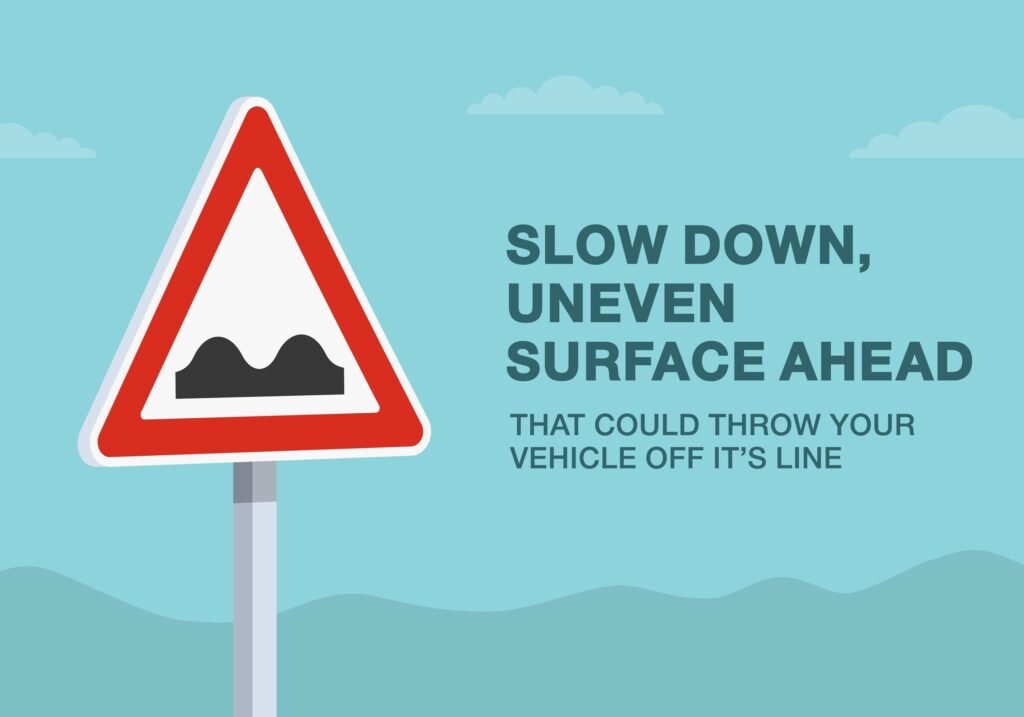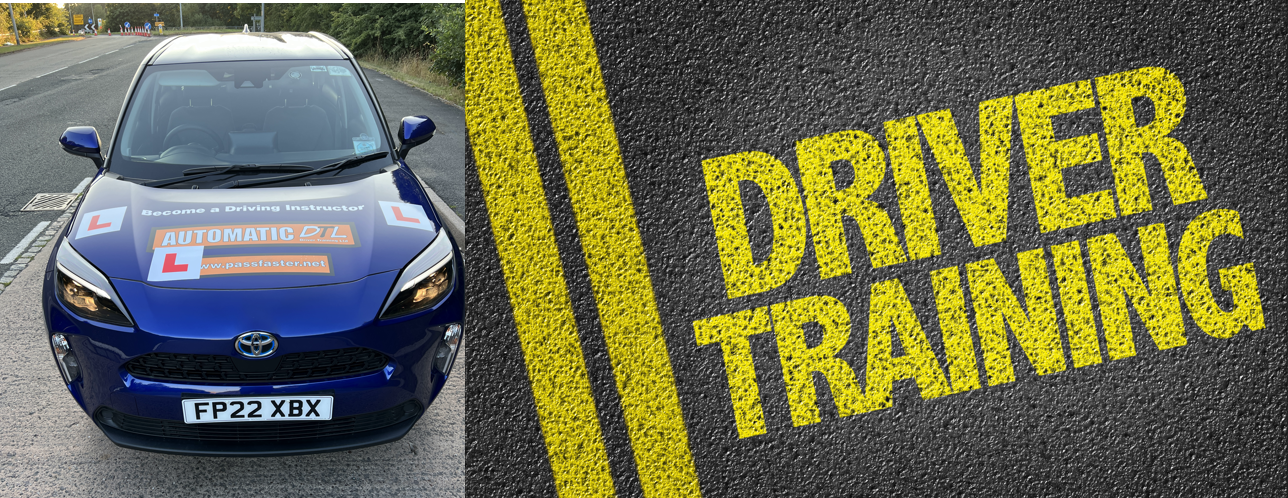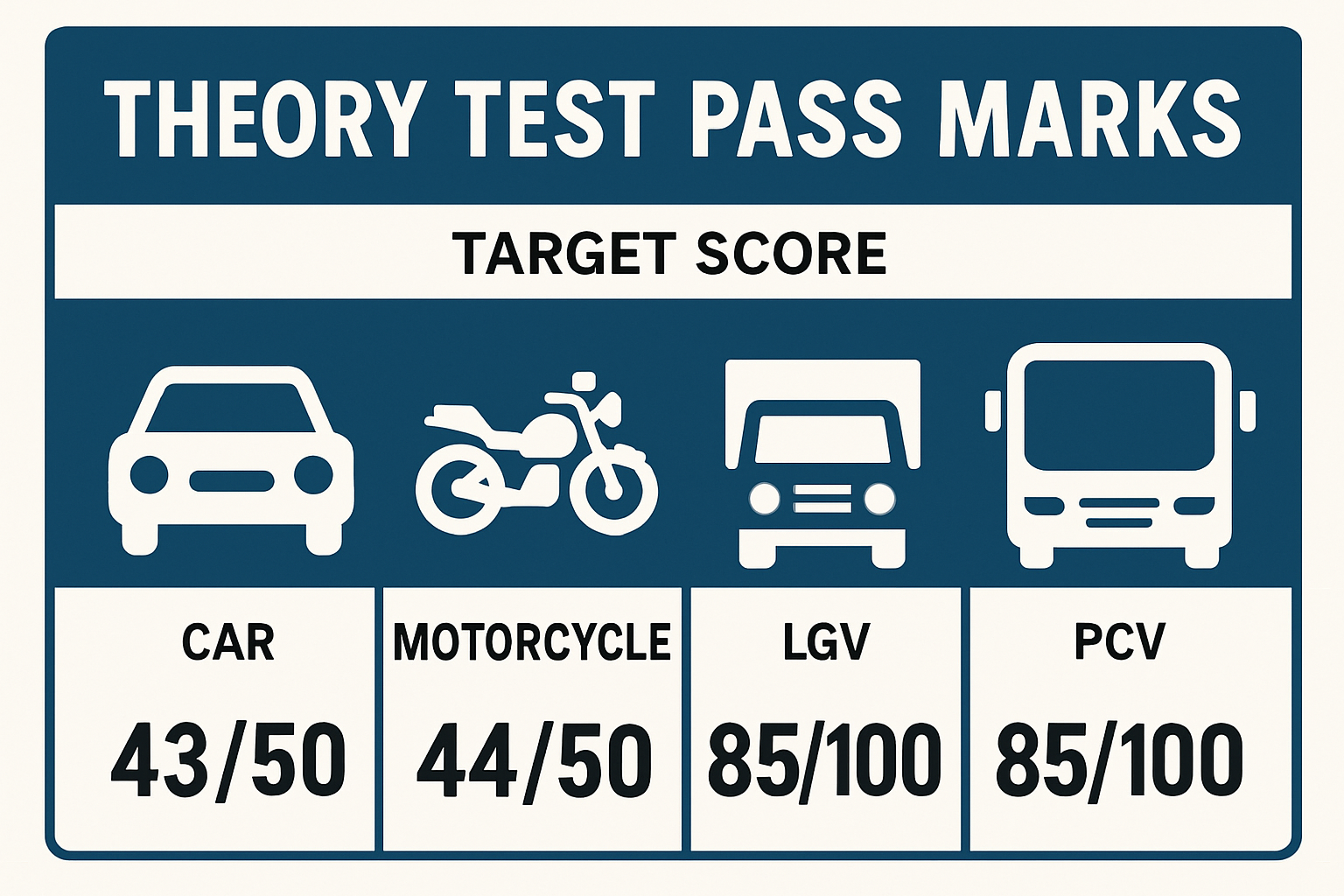Speed Bump vs Uneven Road: Know the Difference for the UK Theory Test

Speed Bump vs Uneven Road: Know the Difference for the UK Theory Test. When it comes to UK road signs, some of the trickiest questions in the DVSA theory test involve similar-looking warning signs. Two signs that catch learners out time and time again are the Speed Bump (or Hump) sign and the Uneven Road sign.
At a glance, they look almost the same. But there’s a clear difference — and the DVSA expects you to know it.
1. Speed Bump / Hump / Ahead

- Sign: A red-bordered triangular warning sign with a single rounded hump drawn inside.
- Meaning: This sign warns of a traffic-calming feature designed to slow vehicles down, such as:
- Speed hump
- Speed cushion
- Speed table

These are man-made obstructions placed in the road to control speed in built-up areas.

- Driver Action: Slow down to a safe speed and drive over smoothly to avoid discomfort or vehicle damage.
2. Uneven Road

- Sign: A red-bordered triangular warning sign with two humps (a dip and a rise).
- Meaning: This warns of a rough or uneven road surface — not a speed-calming measure.
- Could be due to subsidence, worn surfaces, or naturally uneven ground.
- The purpose here is safety, not speed reduction.

- Driver Action: Slow down and drive carefully, maintaining full control on the rough surface.
3. Key Differences at a Glance
| Feature | Speed Bump / Hump Sign | Uneven Road Sign |
|---|---|---|
| Symbol | One rounded hump | Two humps (dip and rise) |
| Purpose | Traffic calming (artificial) | Warning of poor/rough surface |
| Location | Usually built-up, residential, near schools | Anywhere road surface is uneven |
| Driver Action | Slow for a hump, drive smoothly | Slow for uneven surface, stay controlled |
Can both signs appear similar, and how can I differentiate between them?
Yes, they look similar but are distinguished by their symbols; the Speed Bump sign shows a single hump, whereas the Uneven Road sign shows two humps, one dip and one rise, to indicate different road conditions.
Where are Speed Bump and Uneven Road signs typically located?
Speed Bump signs are usually located in built-up, residential areas near schools to promote safety, while Uneven Road signs can be found anywhere the road surface is naturally or artificially uneven.
What does the Uneven Road sign indicate, and what action should I take?
The Uneven Road sign warns of a rough or uneven surface ahead, which may be due to subsidence, worn surfaces, or natural ground. Drivers should slow down and drive carefully, maintaining full control over the vehicle on the uneven surface.
How should I respond when I see a Speed Bump warning sign while driving in the UK?
When you see a Speed Bump warning sign, you should slow down to a safe speed and drive over the hump smoothly to avoid discomfort or damage to your vehicle.
What is the main difference between a Speed Bump and an Uneven Road sign on UK roads?
A Speed Bump sign features a single rounded hump and indicates artificial traffic calming measures like speed humps or cushions, mainly in built-up areas. An Uneven Road sign has two humps and warns drivers about naturally or artificially rough or uneven road surfaces, not designed to reduce speed.
Contents
- 1 Speed Bump vs Uneven Road: Know the Difference for the UK Theory Test
- 1.1 1. Speed Bump / Hump / Ahead
- 1.2 2. Uneven Road
- 1.3 3. Key Differences at a Glance
- 1.3.1 Can both signs appear similar, and how can I differentiate between them?
- 1.3.2 Where are Speed Bump and Uneven Road signs typically located?
- 1.3.3 What does the Uneven Road sign indicate, and what action should I take?
- 1.3.4 How should I respond when I see a Speed Bump warning sign while driving in the UK?
- 1.3.5 What is the main difference between a Speed Bump and an Uneven Road sign on UK roads?


